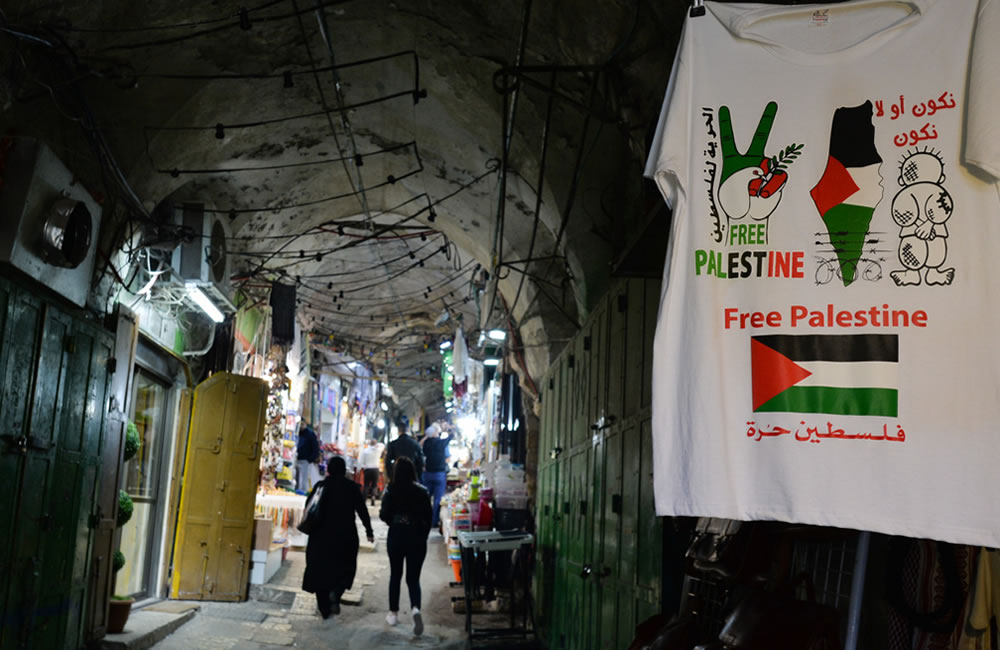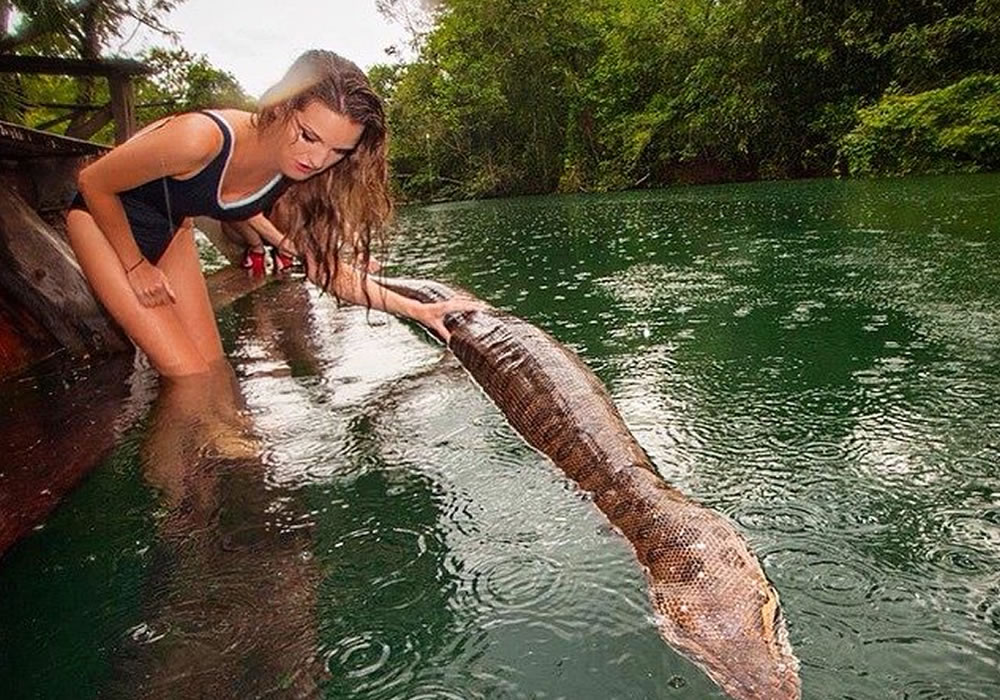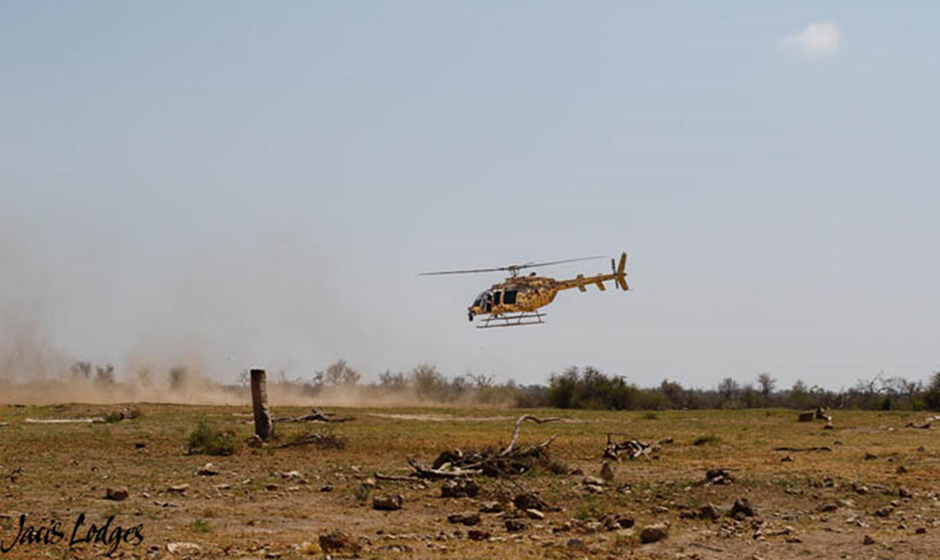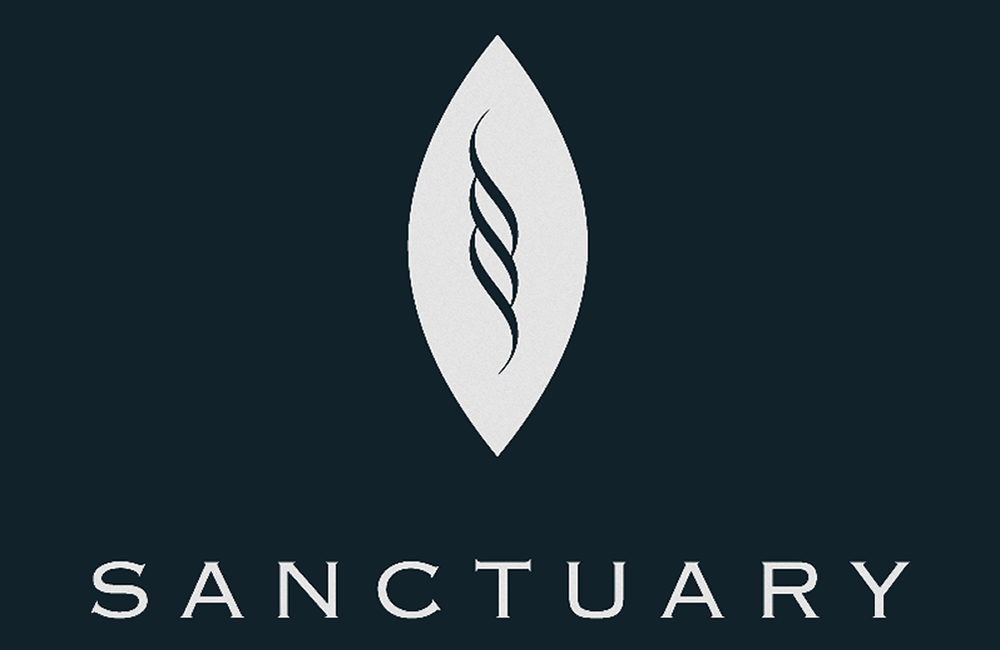Each year, temperature records are broken and extreme weather events strike. July 22, 2024 now marks the hottest day on record, surpassing the previous heat records set in 2023.
Extreme weather events are impacting many tourism hotspots, such as the recent Jasper wildfire, the April 2024 flooding of Dubai airport and the 2023 Maui wildfires. Yet tourism continues to grow, and travel levels are expected to surpass pre-pandemic levels shortly.
Climate change is an inseparable aspect of modern tourism. On the one hand, the key components of tourism — transportation, aviation in particular, as well as accommodation — are major contributors to carbon emissions. Aviation emissions alone account for an estimated eight to 10 per cent of overall greenhouse gas emissions.
But, in turn, climate change also poses increasing and severe risks to tourism businesses. Beach holidays are threatened by rising sea levels, ski resorts can no longer depend on snowfall and some tourism businesses risk becoming uninsurable.
Until recently, the response to the climate crisis has focused largely on climate action. This includes addressing the impacts of carbon emissions through mitigation (using technologies to prevent emissions) and adaptation (adjusting to climate change) in impacted areas.
However, our new report from The Travel Foundation argues the tourism industry needs to consider climate justice before undertaking any climate actions. We conducted in-depth interviews with a wide range of tourism experts to determine how the industry can play a role in a just transition.
We’re running our annual survey to find out what you think of our content
Climate justice
The tourism industry’s engagement with climate justice is well overdue. The concept of climate justice first gained international recognition in 2000 when the first climate justice summit was held alongside COP 6 at the Hague.
Climate justice is an inclusive approach to climate action that centres the voices and needs of communities most impacted by climate change. Indigenous, Black and other marginalized communities are particularly vulnerable to the severe impacts of climate change.
As, Daniela Subtil, the network co-ordinator for Stay Grounded, a network of organizations promoting alternatives to aviation to address climate change, said:
“The impacts of the climate crisis that aviation contributes to are being felt… by marginalised, historically and systematically marginalised peoples. Yet there is a very tiny percentage of the world’s population flying.”
Climate justice recognizes that these communities often lack the resources needed to deal with the impacts of climate extremes. Despite contributing the least to the climate crisis, both historically and in the present, many of these communities — particularly across the Global South — are bearing the brunt of its consequences.
Our report highlights that low-income countries account for less than one per cent of travel and tourism emissions, but will suffer the most from climate change. Tourism emissions are disproportionately caused by a small percentage of the population that are primarily in the Global North.
A 2020 study, for instance, found that a small group of “super-emitters” — just one per cent of the population — were responsible for half of aviation’s carbon emissions in 2018.
A better approach to travel
Demands for climate justice are just as relevant to travellers as they are to the tourism industry. Whether it’s the need to better prepare for climate disasters at destinations or the potential increase in levies that the industry will pass onto consumers, travellers are not shielded from the effects of climate change.
Our report encourages a responsible approach to travel planning that urges travellers to take into account not only their carbon footprints, but also their broader impact on social justice.
This begins with recognizing the communities and environments impacted by tourists’ travel choices. Tourists should be aware that their presence may not be welcomed in communities dealing with climate change-related disasters.
A climate justice approach also normalizes the idea that tourism businesses can act as first responders in climate emergencies, bringing their skills and resources into action.
Climate justice tourism
There are already existing examples of tourism that better aligns with the principles of climate justice. Often it is Indigenous communities leading the way, from Traditional Owner communities in Australia to Indian Country in the United States.
For instance, Dreamtime Dive and Snorkel in Australia educates about the Great Barrier Reef World Heritage site, the impacts it faces from climate change and the Traditional Owners connected to the site.
Canada is also fortunate to be home to some unique examples of this type of tourism in action, including the Haida Gwaii archipelago off of the coast of British Columbia, which has always been home to the Haida Nation.
Given the islands’ distinctive natural and cultural beauties, Haida Gwaii has become a popular tourist destination. In an attempt to assert control over tourism to their homelands and ensure visitors are following a path of responsible tourism, the citizens of Haida Gwaii have initiated the Haida Gwaii Pledge.
The pledge asks tourists to understand the responsibility of care that Haida have for their place and people. It invites visitors to join them in this care and be respectful guests during their visit. This is one example of transforming tourism relations for justice. It will become increasingly needed as climate change impacts hit harder and harder.
Ultimately, climate justice is a critical issue for all of us. Recent events prompt us all to commit to climate action with concern for more just outcomes. This may also transform tourism for the better.
Jeremy Smith, a climate specialist for The Travel Foundation, co-authored this article.



